Nikon D700
-
-
Written by Gordon Laing
Nikon D700 vs Nikon D300 vs Canon EOS 5D
Nikon D700: JPEG versus RAW
We photographed the scene above in the Nikon D700’s 14-bit RAW plus Large Fine JPEG mode, allowing us to directly compare images created from exactly the same data. Below are crops taken from the original JPEG file alongside the RAW version, processed in Nikon Capture NX 2.0.0 using the default settings. It doesn’t take much pixel-peeping to see the converted RAW file looks much better than the in-camera JPEG using the default settings. It’s crisper and reveals greater detail without any undesirable processing artefacts as a result. It may be possible to improve the JPEG result by tweaking the in-camera settings, but it’s clear that shooting in RAW can deliver significant benefits. Indeed on the next page you’ll see what difference it makes in our D700 Studio Resolution test. |
Nikon D700 JPEG with Nikkor AF-S 14-24mm |
Nikon D700 RAW with Nikkor AF-S 14-24mm | |
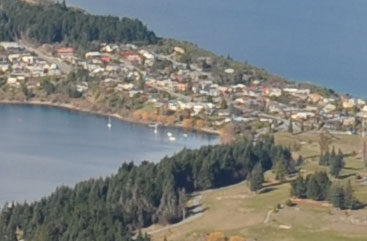 | 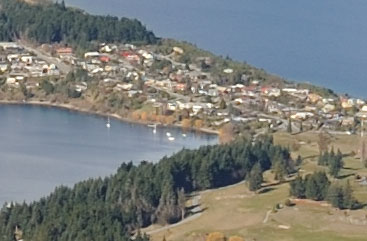 | |
f8, 200 ISO |
f8, 200 ISO |
Nikon D700 results continued…
Outdoor resolution / Studio resolution / High ISO Noise / Noise Reduction
 |
outdoor scene |
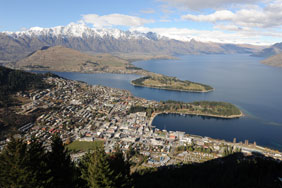 |
To compare real-life performance we shot the same scene with the Nikon D700, Nikon D300 and Canon EOS 5D within a few moments of each other using their best quality JPEG and lowest base ISO settings. The lenses on each camera were set to f8 in aperture priority mode and adjusted to deliver the same vertical field of view – see note below.
The D700 and D300 were fitted with the same Nikkor AF-S 14-24mm lens, set to 24mm on the D700 and 16mm on the D300. The Canon EOS 5D was fitted with the Canon EF 17-40mm set to 24mm. The lens focal lengths were fine-tuned so the field-of-view was exactly matched on each camera.
All three bodies were set to their best quality JPEG modes with default settings for image processing and noise reduction. As such, both Nikons were set to Large Fine JPEG quality (optimised for quality), with Auto White Balance and the default Standard Picture Control, Normal High ISO NR and Active D-Lighting switched off.
We used the lowest base sensitivity for each camera: 200 ISO for the Nikons and 100 ISO for the Canon. The D700 and 5D metered the scene identically: 1/500 at f8, 200 ISO on the D700 and 1/250 at f8, 100 ISO on the 5D. The D300 required +0.3EV compensation to match the exposure of the D700.
The image above was taken with the Nikon D700 with the AF-S 14-24mm lens at 24 mm f8 and with a sensitivity of 200 ISO; the original Large Fine JPEG measured 6.47 MB. The crops are taken from the upper left, just-above-centre, right-of-centre and left-of-centre portions of the originals and presented here at 100%.
Since all three cameras share roughly the same 12 Megapixel resolution, you’d expect some similarities, and at first glance the results are certainly quite close – especially from the two Nikon bodies. The D700 and D300 appear to record essentially the same degree of detail when equipped with the same lens and set to their lowest base sensitivity of 200 ISO. Look very closely and the D700 image is a little more contrasty, but there’s really not much in it. So if you’re shooting with a quality lens at the lowest base sensitivity, the full-frame premium of the D700 doesn’t have much to offer over the D300 (obviously assuming the lens coverage is matched as seen here).
The Canon EOS 5D may be almost three years older than the D700, but it’s clearly still giving good innings. There may be evidence of some fringing and loss of sharpness on the first image, but that’s due to the EF 17-40’s performance towards the corners. The other three crops reveal a crisper image which makes the two Nikons look slightly veiled in comparison.
This is due to a number of factors including different optics, anti-aliasing filters and image processing, but certainly with the lenses tested here and the default JPEG settings, the Canon 5D remains a contender. Of course anyone investing in a full-frame body will almost certainly regularly shoot in RAW, so to see how Capture NX processes a 14-bit D700 RAW file of the same scene, scroll to the bottom of this page.
Also bear in mind while the differences between the D700 and D300 on this page are minimal, the real benefit of full-frame comes in at higher sensitivities, so be sure to check out our D700 High ISO Noise results page. But now, let’s see how the D700 Studio Resolution measures-up against the D300 and 5D.
Nikon D700 with Nikkor AF-S 14-24mm |
Nikon D300 with Nikkor AF-S 14-24mm |
Canon EOS 5D with Canon EF 17-40mm | ||
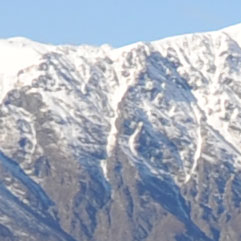 |
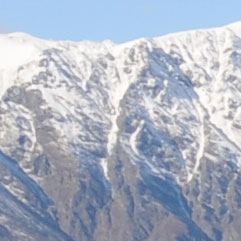 |
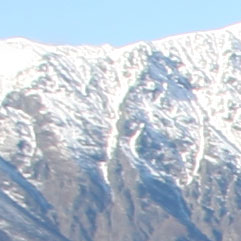 | ||
f8, 200 ISO |
f8, 200 ISO |
f8, 100 ISO | ||
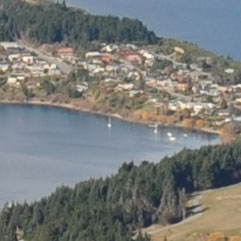 |
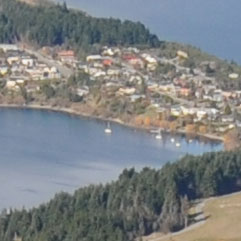 |
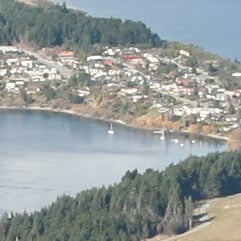 | ||
f8, 200 ISO |
f8, 200 ISO |
f8, 100 ISO | ||
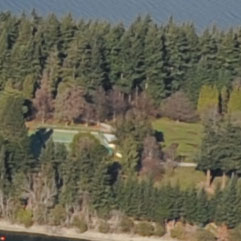 |
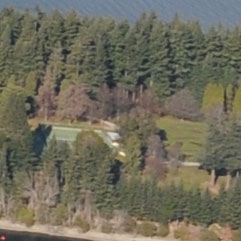 |
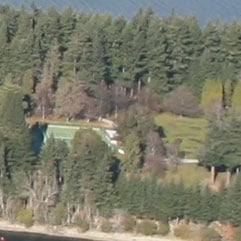 | ||
f8, 200 ISO |
f8, 200 ISO |
f8, 100 ISO | ||
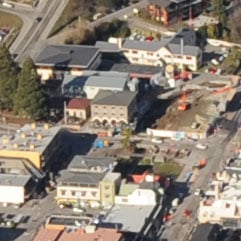 |
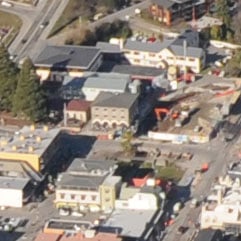 |
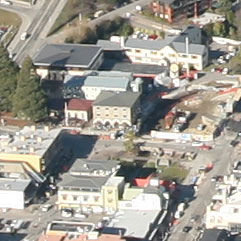 | ||
f8, 200 ISO |
f8, 200 ISO |
f8, 100 ISO |




